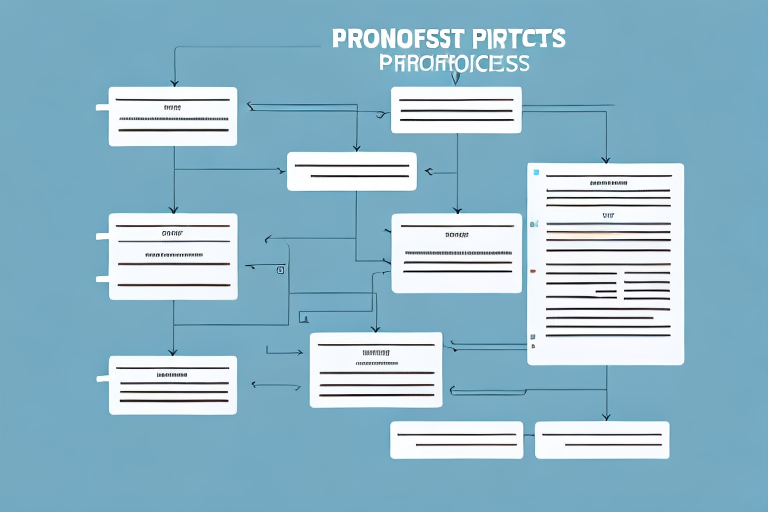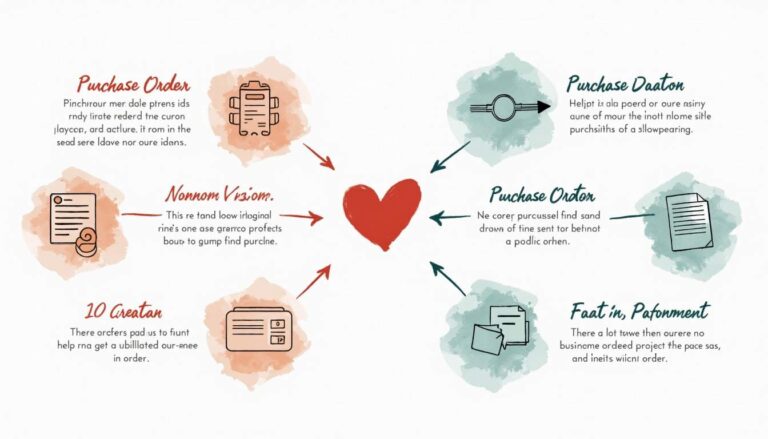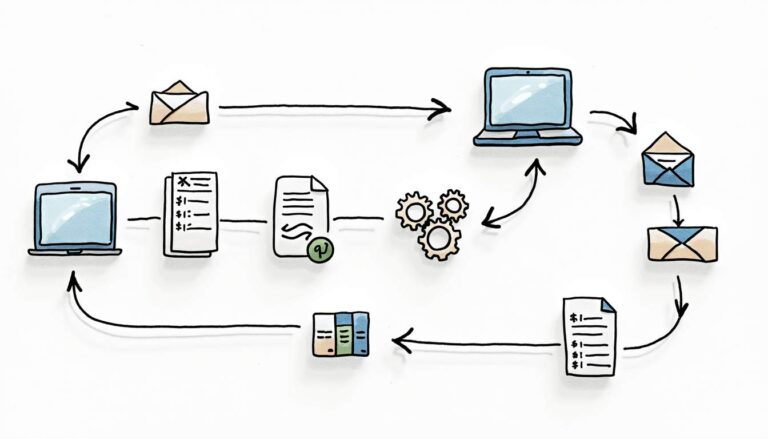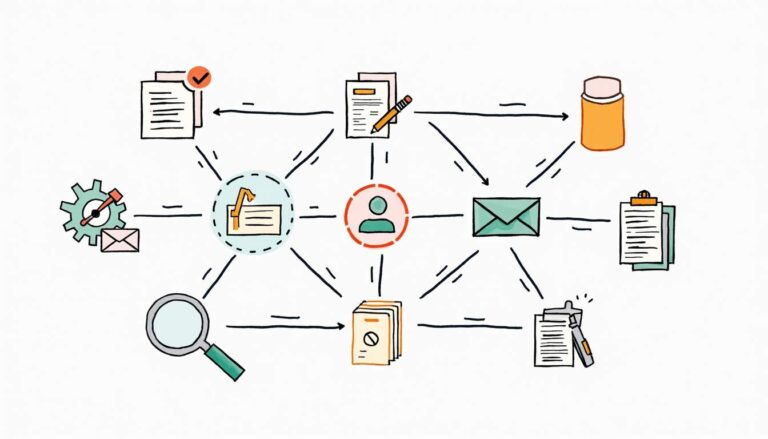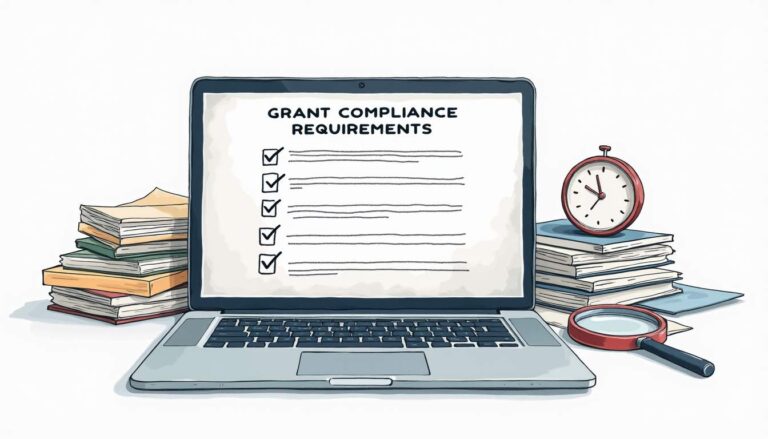For businesses both big and small, establishing a purchase order approval process is essential for managing expenses, avoiding overspending, and keeping track of transactions. In this article, we’ll provide a comprehensive guide to developing an effective purchase order approval process, including everything from understanding the importance of the process, setting up the necessary policies and procedures, and executing the purchase order approval process step by step.
Understanding the Purchase Order Approval Process
What is a Purchase Order Approval Process?
A purchase order approval process is a set of procedures that companies use to authorize the purchase of goods or services from suppliers. This process typically involves multiple levels of approvals, ensuring that purchases are compliant with company regulations and policies, and within budget limitations.
When a company needs to purchase goods or services, a purchase requisition is created. This document outlines the details of the purchase, including the item or service needed, the quantity required, and the estimated cost. The purchase requisition is then sent to the appropriate department or personnel for approval.
Once the purchase requisition is approved, a purchase order is created. The purchase order includes the details of the purchase, such as the item or service being purchased, the quantity, the price, and the delivery date. The purchase order is then sent to the supplier.
Importance of an Effective Purchase Order Approval Process
An effective purchase order approval process can help companies in many ways. By setting up a clear process, companies can avoid overspending, prevent fraud, and maintain accurate records of transactions. With a smooth and well-maintained process in place, companies can ensure that purchases are necessary and authorized, reducing the risk of duplicate purchases or purchases that exceed budget limitations.
Having a well-defined purchase order approval process also helps to build trust with suppliers. When suppliers know that a company has a clear process in place, they are more likely to provide better pricing and more favorable terms.
Key Components of a Purchase Order Approval Process
A purchase order approval process has several key components that must be taken into consideration when developing the process:
- The purchase order request process: This involves creating a purchase requisition and obtaining the necessary approvals.
- The approval process: This involves reviewing the purchase requisition and ensuring that it complies with company policies and regulations. Approvals are typically required from multiple levels of personnel, depending on the size and complexity of the purchase.
- The issuance of the purchase order: Once the purchase requisition is approved, a purchase order is created and sent to the supplier.
- The receipt of goods or services: When the goods or services are received, they are inspected to ensure that they meet the requirements outlined in the purchase order.
- The processing of invoices and payments: Invoices are reviewed and processed for payment, ensuring that they match the details outlined in the purchase order.
By taking these key components into consideration, companies can create a purchase order approval process that is efficient, effective, and compliant with company policies and regulations.
Setting Up a Purchase Order Approval Process
If you are running a business, you know that managing purchases can be a challenging task. With so many moving parts involved in the process, it can be challenging to keep track of everything. One way to streamline the purchase process is to establish a purchase order approval process. This process ensures that purchases are authorized by the appropriate level of authority and helps avoid potential issues with overspending. In this article, we will discuss the essential steps involved in setting up a purchase order approval process.
Establishing a Purchase Order Policy
Before setting up a purchase order approval process, it is essential to establish a purchase order policy. This policy defines how purchases are authorized and provides guidelines on the types of goods or services that can be ordered. It also establishes budget limitations and outlines how the approval process will work. By establishing a clear purchase order policy, you can ensure that everyone involved in the process understands the rules and procedures.
When creating a purchase order policy, it is essential to consider the needs of your business. You should take into account the types of goods or services you typically purchase, the budget available for purchases, and the number of people involved in the approval process. By taking these factors into account, you can create a policy that works best for your business.
Defining Approval Authority Levels
One of the most critical components of a purchase order approval process is defining the levels of approval authority. This involves deciding who can approve purchase orders at different budget levels. For example, someone who can approve purchases up to $500 will have a different authorization level than someone who can approve purchases up to $5,000. Establishing this hierarchy ensures that purchases are authorized by the appropriate level of authority and avoid potential issues with overspending.
When defining approval authority levels, it is essential to consider the needs of your business. You should take into account the budget available for purchases and the number of people involved in the approval process. By taking these factors into account, you can create a hierarchy that works best for your business.
Creating a Purchase Order Template
Using a standardized purchase order template streamlines the approval process and makes it easier to track purchases. The purchase order template should include necessary information such as the name and address of the supplier, a detailed description of the product or service required, the quantity and total cost of the purchase, and the name of the person or department requesting the purchase.
When creating a purchase order template, it is essential to consider the needs of your business. You should take into account the types of goods or services you typically purchase and the information you need to track purchases. By taking these factors into account, you can create a template that works best for your business.
Implementing a Purchase Order Tracking System
Establishing a purchase order tracking system is essential for keeping track of approvals and purchases. This system should allow for easy tracking of purchase orders, approvals, and deliveries. It should also include a record of invoices and payments, providing a clear and accurate record of all transactions and ensuring that purchases are properly authorized and within budget limitations.
When implementing a purchase order tracking system, it is essential to consider the needs of your business. You should take into account the number of people involved in the approval process and the information you need to track purchases. By taking these factors into account, you can create a tracking system that works best for your business.
Overall, setting up a purchase order approval process can help streamline the purchase process and ensure that purchases are authorized by the appropriate level of authority. By following the steps outlined in this article, you can establish a process that works best for your business.
Step-by-Step Guide to the Purchase Order Approval Process
A purchase order is a document that is used to request goods or services from a supplier. It is a legally binding agreement between the purchaser and the supplier that outlines the details of the transaction. The purchase order approval process ensures that the purchase order is reviewed and approved by the appropriate personnel before the transaction takes place. Let’s take a closer look at the steps involved in the purchase order approval process.
Step 1: Initiating a Purchase Order Request
The purchase order approval process begins when a person or department identifies a need for goods or services and initiates a purchase order request. The request should include all necessary information such as the name and address of the supplier, the product or service required, and the estimated cost of the purchase. It is important to provide accurate and detailed information to ensure that the purchase order is processed correctly.
For example, if a department needs to order office supplies, it would initiate a purchase order request that includes the name and address of the supplier, the specific items needed, and the estimated cost of the purchase. This information is then used to create the purchase order.
Step 2: Reviewing and Approving the Purchase Order
Once the purchase order request is received, the approval process begins. The purchase order is reviewed, and the appropriate level of authority approves or denies the request. The level of authority required to approve the purchase order will depend on the size and complexity of the purchase. For example, a small purchase may only require approval from a department manager, while a large purchase may require approval from multiple levels of management.
If the purchase order is approved, the next level in the approval hierarchy reviews the request until the final approval is obtained. This ensures that the purchase order is reviewed by multiple people to prevent errors or fraud.
Step 3: Forwarding the Approved Purchase Order to the Supplier
Once the purchase order is approved, it is forwarded to the supplier. The supplier then confirms the order and provides a delivery date. The purchase order tracking system should record this date for tracking purposes and to ensure that goods or services are received on time.
It is important to communicate with the supplier to ensure that they have received the purchase order and that they are able to fulfill the request. This can help prevent delays or misunderstandings that could impact the delivery of the goods or services.
Step 4: Receiving and Verifying Goods or Services
When the goods or services are received, the purchaser must verify that the delivery matches the purchase order and is in good condition. Any discrepancies should be reported to the supplier immediately. Once the verification process is complete, the purchase order tracking system should record the receipt of the goods or services.
Verifying the delivery is an important step in the purchase order approval process. It ensures that the purchaser receives the correct items and that they are in good condition. If there are any issues with the delivery, it is important to address them promptly to prevent delays or additional costs.
Step 5: Processing Invoices and Completing the Purchase Order
After the goods or services are received and verified, the supplier sends an invoice for payment. The invoice is checked against the purchase order and confirmed for accuracy. Once the invoice is approved, payment is processed within the company’s established financial procedures, and the purchase order is considered complete.
Processing invoices and completing the purchase order is the final step in the purchase order approval process. It ensures that the supplier is paid for their goods or services and that the transaction is complete. It is important to follow established financial procedures to ensure that payments are made accurately and on time.
In conclusion, the purchase order approval process is an important part of the procurement process. It ensures that purchases are reviewed and approved by the appropriate personnel, that goods or services are received and verified, and that payments are made accurately and on time. By following these steps, organizations can ensure that their procurement process is efficient and effective.
Conclusion
By following these steps and establishing a clear process for purchase order approvals, businesses can ensure that purchases are necessary, authorized, and within budget limitations. Setting up a purchase order approval process is an essential part of managing expenses, avoiding overspending, and keeping accurate records of transactions. By taking the time to develop an effective process, businesses can benefit from a well-managed system that allows for efficient and cost-effective purchasing.
Are you facing challenges with unauthorized or even fraudulent purchasing? Book a personalized demo with our experts to learn how Bellwether can solve them for you.

